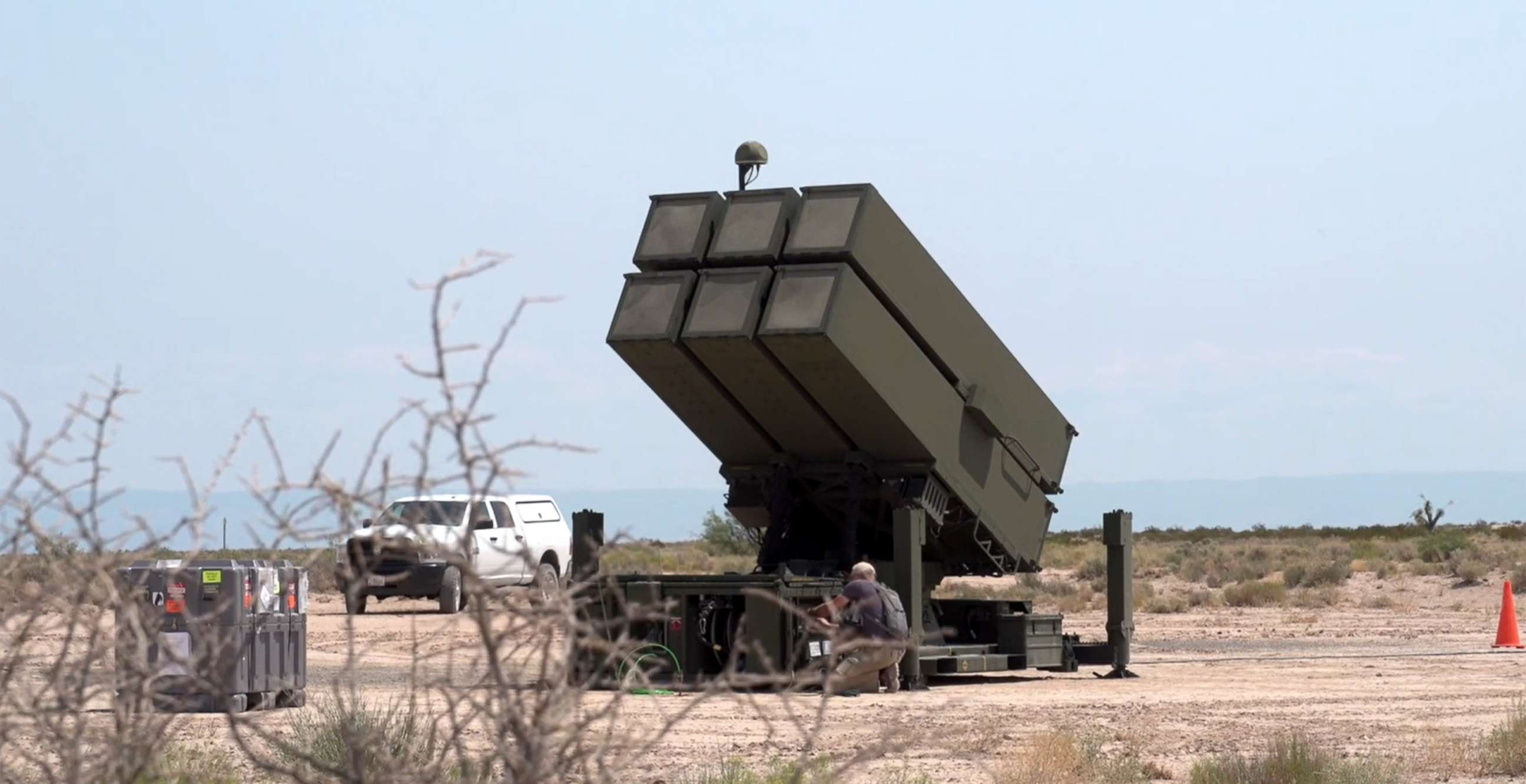How quickly will Ukraine get the advanced air defenses it needs?
New systems will take time to make, older systems might be short-term answer.
The United States and other countries are pledging to beef up Ukraine's air defenses following this week's deadly cruise missile strikes that struck Ukraine's major cities, but how quickly will they get there to counter Russia's missile threat?
The larger, more advanced, systems Ukraine wants will likely take some time to arrive given the limited stockpiles in existing American and allied arsenals, as well as the length of time it takes to manufacture the sophisticated systems.
The White House said President Joe Biden promised advanced air defense systems in a call with Ukraine's President Volodymyr Zelenskyy on Monday and providing Ukraine with more modern systems as quickly as possible has moved to the forefront of previously scheduled NATO and Ukraine contact group meetings being held in Brussels this week.
"Systems will be provided as fast as we can physically get them there," Defense Secretary Lloyd Austin told reporters Tuesday following the meeting of the 50 countries providing Ukraine with weapons.
"We're going to do everything we can, as fast as we can, to help the Ukrainian forces get the capability they need to protect the Ukrainian people," he added.

Ukrainian officials claim their existing air defense systems were able to bring down half of the more than 80 missiles that targeted Ukraine's cities on Monday but they want more advanced systems capable of targeting the low flying Russian cruise missiles used in this week's barrages.
For the most part Ukraine's current air defense systems are composed of older Russian-made S-300 systems and thousands of portable shoulder-fired systems given to Ukraine by the United States and other countries that came from their existing military stockpiles.
The portable systems have been effective against low-flying Russian military planes and helicopters, but Ukraine has repeatedly asked for larger air defense systems with more range and capable targeting ballistic or cruise missiles.
The U.S. effort initially focused on replenishing Ukraine's S-300 missiles from the stocks of other countries that had the system, and then arranging for Slovakia to give Ukraine its own S-300 system.
But with a finite number of S-300 resources available the U.S. and other countries shifted to providing western-made systems that could be easily resupplied to meet Ukraine's long term air defense needs.

But those new systems will flow in slowly over the next year as they are manufactured.
On Tuesday, Germany confirmed that it had shipped the first of four Iris T-SLM air defense systems to Ukraine that it had committed to provide back in June.
In mid-July, Ukraine received at least one NASAM battery that it received directly from Norway.
The NASAM or National Advanced Surface-to-Air Missile System, is jointly produced by Norwegian company Kongsberg and American defense contractor Raytheon.
With a range of 18 to 30 miles the missiles are capable of defending against planes, drones, helicopters, and cruise missiles.
Next month, Ukraine will receive two of eight NASAM batteries that the U.S. has committed to providing Ukraine. But the additional six NASAM systems committed by the United States are being built from scratch and will likely not be available for at least a year.

But the limiting factor will be the capacity of American and Western manufacturers to make air defense systems that will take time to make.
Also speaking in Brussels, Gen. Mark Milley, chairman of the Joint Chiefs of Staff, indicated that the short-term effort would be on providing Ukraine with older systems that are more readily available.
He noted that Ukraine has asked for the Hawk missile, an older medium range missile no longer in use by the U.S. military, and "other systems out there throughout the world that are available."
"A lot of the countries that were here today have a wide variety of systems," said Milley who said the challenge will be to link all of those systems into an integrated air defense system for Ukraine.
Any further U.S. missile defense assistance will likely not include American-made Patriot surface-to-air missile systems that Ukraine has requested. There are only a limited number of Patriot missile batteries in the U.S. arsenal and there remain concerns about how Russia might react to their presence inside Ukraine.




